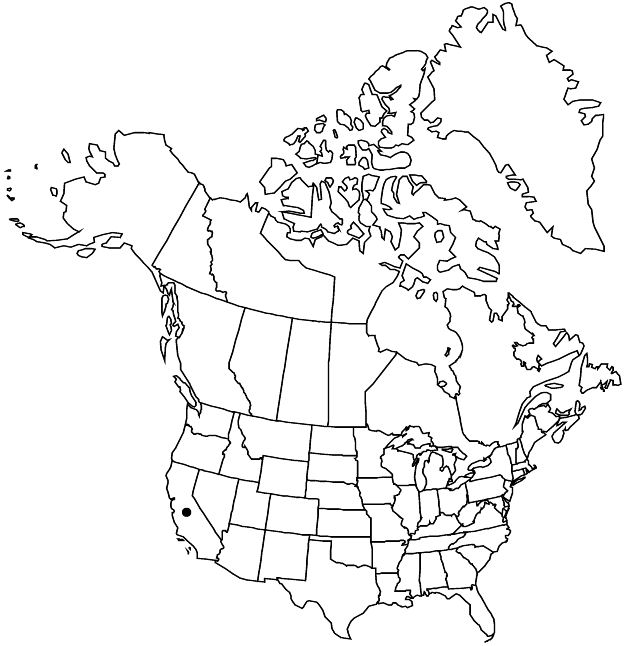Sidalcea calycosa subsp. calycosa
Plants annual, (0.2–)0.3–0.6(–0.9) m, with taproot, sometimes fleshy, usually glabrous. Stems usually erect, rarely proximally decumbent, rooting. Leaves mostly cauline, basal leaves usually persistent, 1–3; stipules lanceolate to ovate, 2–5 mm; petiole of proximalmost leaves often 4–5 times as long as blade, that of distal leaves 1/2 times to as long as blade; blades: basal unlobed, 2–5 cm wide, margins crenate, distal as in species. Inflorescences single or multiple from distal nodes; bracts ovate to wide-elliptic or narrower, sometimes 2-fid, 2–6 mm, shorter than or equaling pedicel, not obscuring calyx, glabrous or ciliate. Pedicels 4–5 mm. Flowers: calyx 4–7 mm; petals (9–)10–25 mm. Schizocarps 5–9 mm diam.; mericarps 2.5 mm. Seeds 2 mm.
Phenology: Flowering Mar–Jun(–Aug).
Habitat: Wet places, especially vernal pools, hog wallows, swales, foothill woodlands and chaparral openings
Elevation: 0–1200 m
Discussion
Subspecies calycosa is typically a spring-flowering, annual, taprooted plant of the vernal pool regions of northern and central California and can be locally common. It is variable in size dependent on local growing conditions; dwarfed or nearly leafless plants are often found.
Selected References
None.
